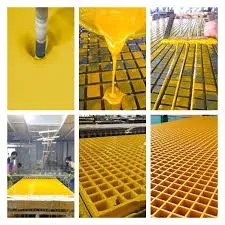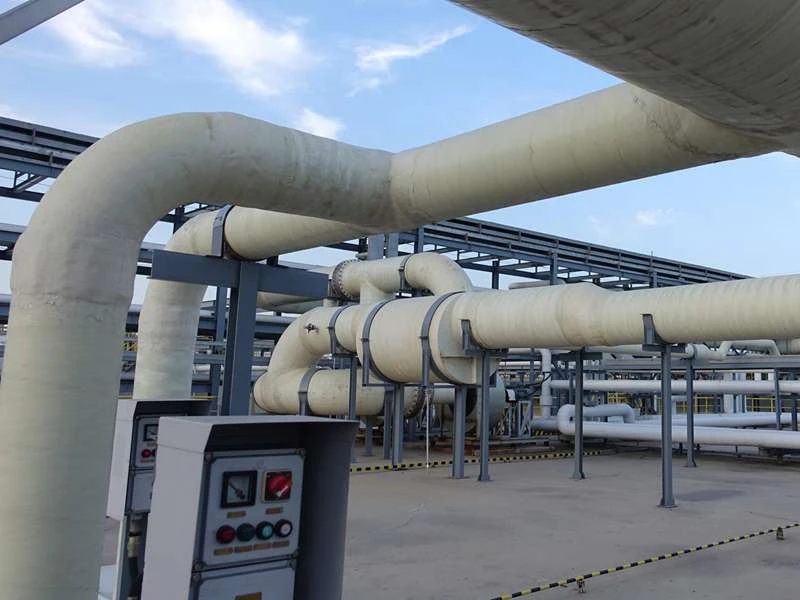
-
 Afrikaans
Afrikaans -
 Albanian
Albanian -
 Amharic
Amharic -
 Arabic
Arabic -
 Armenian
Armenian -
 Azerbaijani
Azerbaijani -
 Basque
Basque -
 Belarusian
Belarusian -
 Bengali
Bengali -
 Bosnian
Bosnian -
 Bulgarian
Bulgarian -
 Catalan
Catalan -
 Cebuano
Cebuano -
 China
China -
 China (Taiwan)
China (Taiwan) -
 Corsican
Corsican -
 Croatian
Croatian -
 Czech
Czech -
 Danish
Danish -
 Dutch
Dutch -
 English
English -
 Esperanto
Esperanto -
 Estonian
Estonian -
 Finnish
Finnish -
 French
French -
 Frisian
Frisian -
 Galician
Galician -
 Georgian
Georgian -
 German
German -
 Greek
Greek -
 Gujarati
Gujarati -
 Haitian Creole
Haitian Creole -
 hausa
hausa -
 hawaiian
hawaiian -
 Hebrew
Hebrew -
 Hindi
Hindi -
 Miao
Miao -
 Hungarian
Hungarian -
 Icelandic
Icelandic -
 igbo
igbo -
 Indonesian
Indonesian -
 irish
irish -
 Italian
Italian -
 Japanese
Japanese -
 Javanese
Javanese -
 Kannada
Kannada -
 kazakh
kazakh -
 Khmer
Khmer -
 Rwandese
Rwandese -
 Korean
Korean -
 Kurdish
Kurdish -
 Kyrgyz
Kyrgyz -
 Lao
Lao -
 Latin
Latin -
 Latvian
Latvian -
 Lithuanian
Lithuanian -
 Luxembourgish
Luxembourgish -
 Macedonian
Macedonian -
 Malgashi
Malgashi -
 Malay
Malay -
 Malayalam
Malayalam -
 Maltese
Maltese -
 Maori
Maori -
 Marathi
Marathi -
 Mongolian
Mongolian -
 Myanmar
Myanmar -
 Nepali
Nepali -
 Norwegian
Norwegian -
 Norwegian
Norwegian -
 Occitan
Occitan -
 Pashto
Pashto -
 Persian
Persian -
 Polish
Polish -
 Portuguese
Portuguese -
 Punjabi
Punjabi -
 Romanian
Romanian -
 Russian
Russian -
 Samoan
Samoan -
 Scottish Gaelic
Scottish Gaelic -
 Serbian
Serbian -
 Sesotho
Sesotho -
 Shona
Shona -
 Sindhi
Sindhi -
 Sinhala
Sinhala -
 Slovak
Slovak -
 Slovenian
Slovenian -
 Somali
Somali -
 Spanish
Spanish -
 Sundanese
Sundanese -
 Swahili
Swahili -
 Swedish
Swedish -
 Tagalog
Tagalog -
 Tajik
Tajik -
 Tamil
Tamil -
 Tatar
Tatar -
 Telugu
Telugu -
 Thai
Thai -
 Turkish
Turkish -
 Turkmen
Turkmen -
 Ukrainian
Ukrainian -
 Urdu
Urdu -
 Uighur
Uighur -
 Uzbek
Uzbek -
 Vietnamese
Vietnamese -
 Welsh
Welsh -
 Bantu
Bantu -
 Yiddish
Yiddish -
 Yoruba
Yoruba -
 Zulu
Zulu
Feb . 20, 2025 03:13
Back to list
fiberglass clarifier system for efficient water treatment and solid
Fiberglass clarifier systems are revolutionizing the landscape of water treatment plants globally by enhancing the efficiency and reliability of solid separation processes. Crafted to meet the nuanced demands of modern-day environmental challenges, these systems stand out for their innovative design and robust performance, making them an indispensable asset in both municipal and industrial settings. Their ability to handle large volumes of water while ensuring optimal clarity underscores their growing popularity and wide-ranging applicability.
Moreover, the environmental impacts of using fiberglass in the production of clarifiers are significantly lower compared to traditional materials. The manufacturing processes for fiberglass require less energy and produce minimal waste. In a world moving towards conscious and environmentally friendly practices, these systems align with the goals of reducing carbon footprints and promoting sustainable industrial practices. The integration of smart technology into fiberglass clarifier systems furthers their appeal and utility. Advanced sensors provide real-time data on system performance, enabling operators to make informed decisions that enhance efficiency and reduce operational costs. This real-time monitoring is essential for proactive maintenance, ensuring the system operates at optimal capacity without unexpected interruptions. Feedback from end-users highlights the effectiveness of smart integrations in identifying potential issues before they escalate into costly repairs. Trustworthiness and credibility are at the core of why industries are increasingly turning to fiberglass clarifiers. Leading manufacturers of these systems adhere to rigorous quality standards, ensuring that each unit is constructed to deliver exceptional performance under the most demanding conditions. This commitment to quality is reflected in the reliability of the systems and the positive reputation they enjoy within the industry. In summary, fiberglass clarifier systems epitomize the fusion of engineering excellence, economic viability, and environmental consciousness. Their innovation in design, material strength, operational efficiency, and adaptability make them a leader in the realm of water treatment solutions. As industries continue to face mounting pressure to optimize resource use and comply with environmental standards, choosing a fiberglass clarifier system represents a strategic move towards achieving these objectives with assured efficiency and reliability.


Moreover, the environmental impacts of using fiberglass in the production of clarifiers are significantly lower compared to traditional materials. The manufacturing processes for fiberglass require less energy and produce minimal waste. In a world moving towards conscious and environmentally friendly practices, these systems align with the goals of reducing carbon footprints and promoting sustainable industrial practices. The integration of smart technology into fiberglass clarifier systems furthers their appeal and utility. Advanced sensors provide real-time data on system performance, enabling operators to make informed decisions that enhance efficiency and reduce operational costs. This real-time monitoring is essential for proactive maintenance, ensuring the system operates at optimal capacity without unexpected interruptions. Feedback from end-users highlights the effectiveness of smart integrations in identifying potential issues before they escalate into costly repairs. Trustworthiness and credibility are at the core of why industries are increasingly turning to fiberglass clarifiers. Leading manufacturers of these systems adhere to rigorous quality standards, ensuring that each unit is constructed to deliver exceptional performance under the most demanding conditions. This commitment to quality is reflected in the reliability of the systems and the positive reputation they enjoy within the industry. In summary, fiberglass clarifier systems epitomize the fusion of engineering excellence, economic viability, and environmental consciousness. Their innovation in design, material strength, operational efficiency, and adaptability make them a leader in the realm of water treatment solutions. As industries continue to face mounting pressure to optimize resource use and comply with environmental standards, choosing a fiberglass clarifier system represents a strategic move towards achieving these objectives with assured efficiency and reliability.
Related Products









